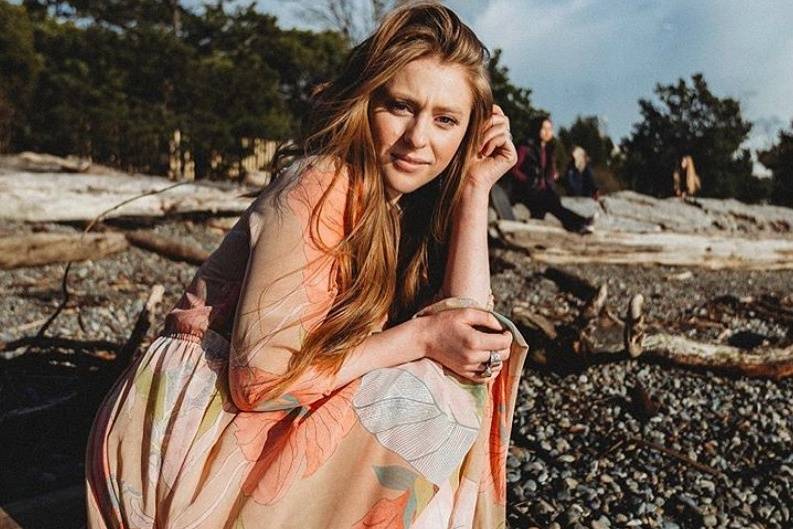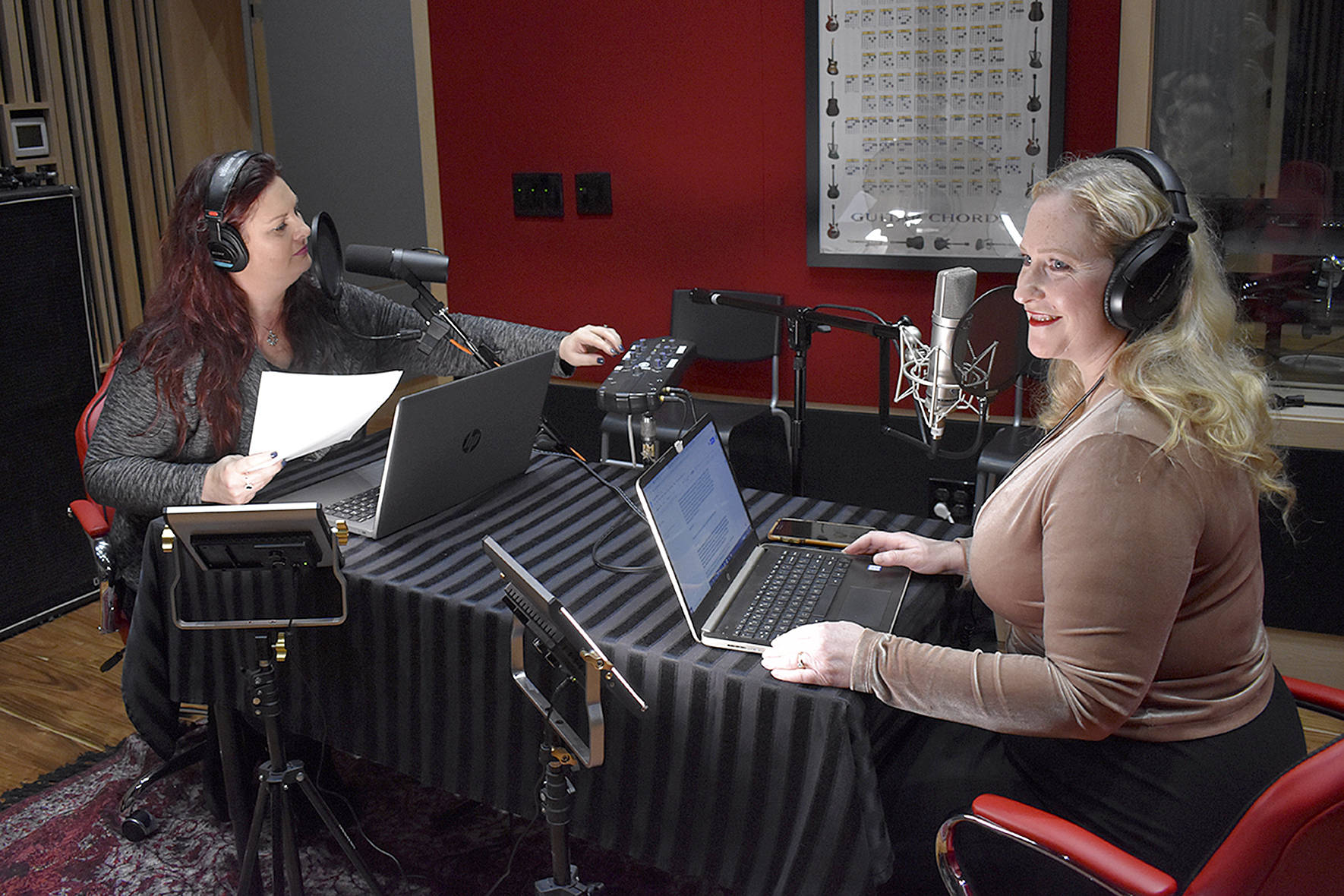SHERRY MARKOVITZ
These days the pursuit of beauty is generally suspect. Irony, shock, and political polemic have eclipsed the mere aesthetically pleasing object. But Markovitz’ dazzlingly colorful and intricately beaded sculptures are beautiful, and in a way that’s transformative. Buddha heads morph into vaguely animal creatures; upended dolls become emblems of childhood struggle; and “Hunting Dress” transforms fashion into a kind of spiritual armor. Beads, sequins, feathers, and other delicate materials give these pieces a showy, birdlike qualityone can’t help thinking of taxidermy. But rather than simple trophies, the creatures in Markovitz’s show are about improving upon nature: A papier-mâché guinea bear head festooned with a mantle of fur and beads (pictured above) become rich and strange. Similarly, the sculpture “Legs” takes the lower half of the female torso and makes it monumental, almost idol-like in its profundity. Reception: 6 p.m.-8 p.m. Thurs. Oct. 2. Artist talk: noon, Sat. Oct. 4. Greg Kucera Gallery, 212 Third Ave., 206-624-0770. Ends Sat. Nov. 1. ANDREW ENGELSON
THE EMPTY FISH TRAP
It’s not easy hauling over a thousand pounds of dirt, gravel, and tree stumps into a gallery. But that’s exactly what Gail Tremblay and curator Ken Matsudaira have done. “The Empty Fish Trap” re-creates a salmon stream destroyed by clear cuttingcomplete with streambed, eroded riverbed, stumps, and the actual bones of Chinook salmon, who, like ghosts, appear to be swimming upstream. This vestigial fish run is accompanied by Native American fish traps suspended from the ceiling and an audio recording of Skokomish tribal elders, fisheries biologists, and the sounds of a burbling brook. Tremblay, who is an Onondaga/Micmac tribal member and a professor at Evergreen State College, first realized this clear-cut-in-a-gallery at Stanford in 1994. Since then, she’s refined the piece to focus on loss, particularly here in Washington: loss of salmon runs, loss of traditional fishing techniques, loss of a sense of reverence for the land. But there’s some hope in the whole project: If you can build a stream in a gallery, surely you can help restore one in the wild as well. Reception: 5 p.m.-7 p.m. Wed. Oct. 1. M. Rosetta Hunter Art Gallery, Seattle Central Community College, Broadway and Pine, 206-624-0770. 9:30 a.m.-3:30 p.m. Mon.-Fri., 5 p.m.-7 p.m. Tues. & Wed. Ends Wed. Oct. 22. ANDREW ENGELSON




